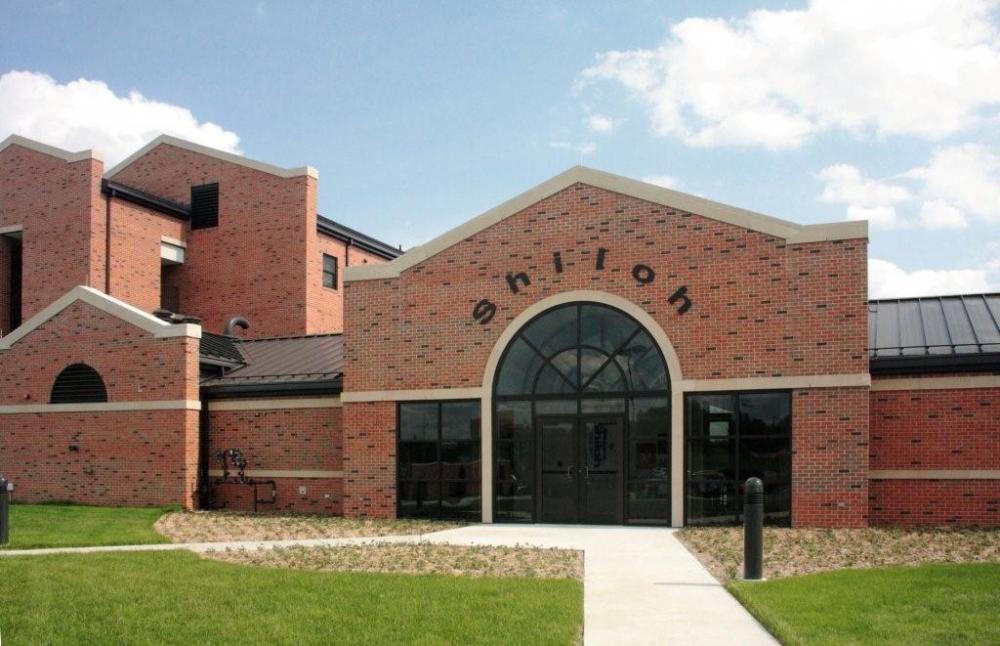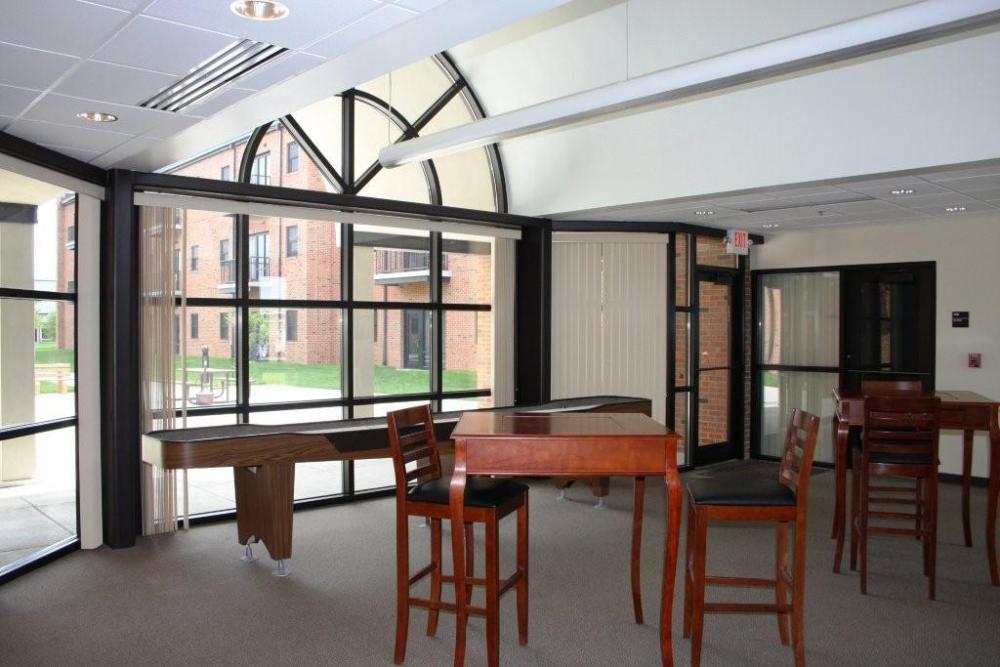Executing projects for the U.S. Department of Defense comes with added challenges and requirements. When The Korte Company began building a new dormitory at Scott Air Force Base in Illinois in 2007, challenges included delivering a new building that looked like an old one, shuffling around subsurface utilities, building a new parking lot and making significant road improvements nearby.
Military projects are hard, but those are the kinds of jobs we prefer at The Korte Company. It’s an honor to serve those who serve.

Weighing appeal and protection
Scott Air Force Base contains many old buildings, one of which was the dorm due for replacement. The old dorm was demolished and underground utilities were reconfigured to better serve the new structure, a three-story dorm meant to house 120 airmen in four-bedroom modules.
The Air Force wanted the new dorm to retain the appearance of the older masonry buildings that surrounded it, but the new building also had to comply with Anti-Terrorism/Force Protection construction standards (ATFP) that were not in place when the base was built in 1917.
Korte’s solution was to mimic the older buildings’ brickwork using a brick veneer around steel framing that met progressive collapse requirements set out in ATFP rules.
The older dorms on base also included masonry firewalls that extended up through the roof. While such firewalls weren’t mandated under ATFP rules, Korte designed brick parapets to sit atop steel beams. This maintained the look of older dorms on base while eliminating the added cost and time it would take to construct three full floors of masonry walls.

Innovation in action
The Korte Company excels even when tight budgets and strict standards add pressure to projects. We used innovative tools and techniques to ensure this project met the Air Force’s exacting standards. That yielded the following results:
- With efficiency and sustainability as a priority, the dorm meets LEED certification requirements put in place by the U.S. Army Corps of Engineers
- Lean construction strategies included using an electronic database for all project management information, giving all stakeholders instant access to important project logs and notes
- We used Building Information Modeling (BIM) design software to allow construction team members to visualize the project from its earliest stages and make important decisions sooner in the process
- To ensure better access and efficiency in transportation around the new dorm, The Korte Company widened a 1/3-mile section of an adjacent road and added a traffic signal
The Korte Company has delivered more than 500 projects for the military. That’s a lot of work, and we’ve learned a lot from it. Download the guide below to learn more about how the military demands —and we deliver— the most value on Department of Defense projects.
“This is one of the best contractors we have had the pleasure to work with. They embodied the philosophy of teamwork and then implemented teamwork to get an outstanding project. This was not an ‘A’ team, this was an ‘A+’ team.” – Donald D. Peterson, U.S. Army Corps of Engineers Administrative Contracting Officer.
